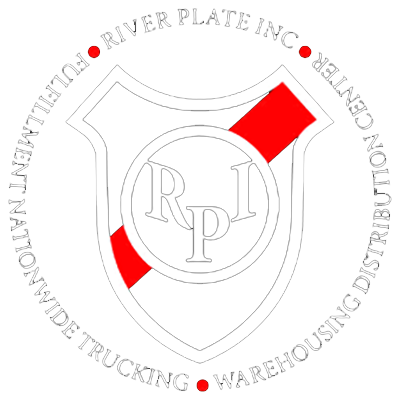Third-Party Logistics (3PL) providers leverage various technologies to enhance their services and improve overall logistics and supply chain management. Here are some advantages of the technology employed by 3PL providers:
Visibility and Tracking:
Real-Time Tracking: 3PL providers use tracking technologies such as GPS and RFID to provide real-time visibility into the movement of goods. This transparency helps both the 3PL and its clients monitor shipments and manage inventory effectively.
Data Analytics:
Performance Insights: Advanced analytics tools analyze vast amounts of data, offering insights into supply chain performance, demand forecasting, and areas for improvement. This data-driven approach allows for informed decision-making and continuous optimization.
Warehouse Management Systems (WMS):
Efficient Inventory Management: WMS technology enables accurate and real-time tracking of inventory levels, location management, and order fulfillment. This results in streamlined warehouse operations and improved order accuracy.
Transportation Management Systems (TMS):
Optimized Routing and Scheduling: TMS solutions help optimize transportation routes, reduce transit times, and minimize costs. They facilitate efficient order consolidation and improved carrier management.
Order Management Systems (OMS):
Order Processing Efficiency: OMS platforms integrate with e-commerce systems, automating order processing and reducing order fulfillment times. This integration ensures accuracy and timely communication between various systems.
Electronic Data Interchange (EDI):
Efficient Communication: EDI facilitates the electronic exchange of business documents, such as orders and invoices, between the 3PL provider and its clients. This standardized communication streamlines transactions and reduces manual errors.
Cloud Computing:
Scalability and Flexibility: Cloud-based solutions enable 3PLs to scale their operations based on demand. It also allows for easy collaboration, data accessibility, and system integration across different locations and partners.
Automation and Robotics:
Improved Warehouse Operations: Automation technologies, including robotics and automated guided vehicles (AGVs), enhance efficiency in warehouse operations by automating tasks such as picking, packing, and sorting.
Artificial Intelligence (AI):
Predictive Analytics: AI algorithms analyze historical data to predict demand patterns, helping 3PL providers optimize inventory levels, reduce stockouts, and improve overall supply chain efficiency.
Blockchain Technology:
Enhanced Transparency and Security: Blockchain can be used for secure and transparent supply chain transactions. It ensures data integrity and traceability, which is particularly important for industries with complex supply chains.
Mobile Technology:
On-the-Go Access: Mobile applications provide real-time access to critical logistics information, allowing stakeholders to monitor shipments, inventory levels, and other relevant data from anywhere, enhancing overall agility.
Customer Portals:
Self-Service Options: 3PL providers often offer customer portals where clients can access real-time data, place orders, and track shipments independently. This self-service approach enhances customer satisfaction and reduces communication overhead.
By leveraging these technologies, 3PL providers can optimize their operations, provide better services to clients, and adapt to the dynamic and competitive landscape of the logistics industry.






